#dynamine
Explore tagged Tumblr posts
Text
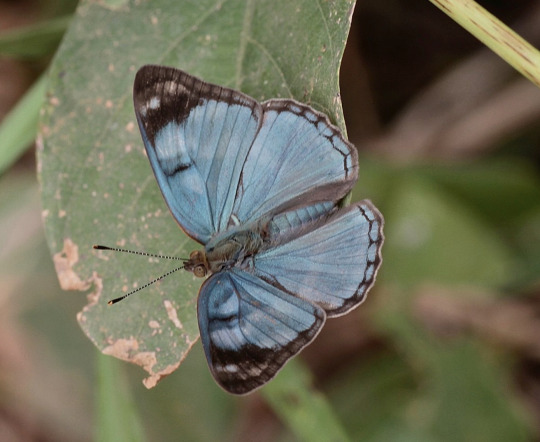
Dynamine arene, family Nymphalidae, Caura river, Venezuela
Photograph by Alexey Yakovlev
125 notes
·
View notes
Text
Daring demolitionist
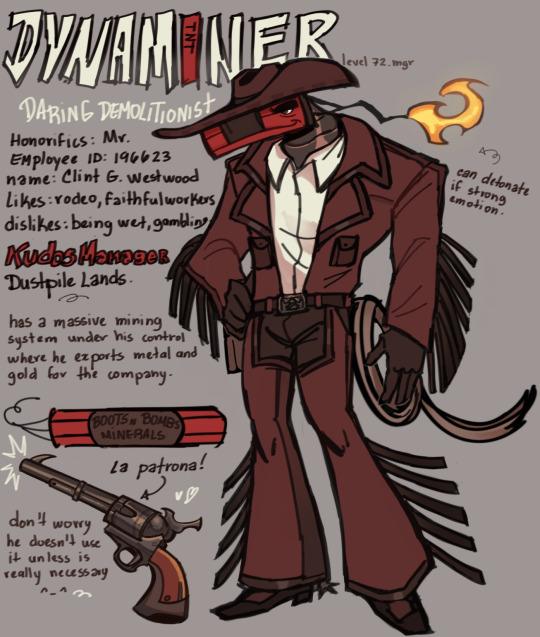
redesign because why not?
#ttcc#toontown#toontown corporate clash#dynaminer#clint westwood#ttcc oc#cog oc#cog ocs#toontown oc#art#digital art#artists on tumblr#toontown cogs#cogblr#toontag
184 notes
·
View notes
Text

17 notes
·
View notes
Audio
188 notes
·
View notes
Text
Butterfly #57: Dynamine tithia
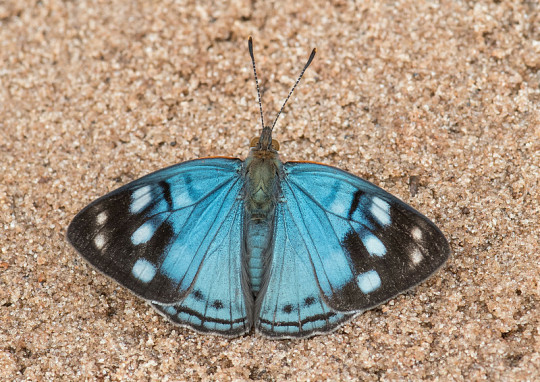
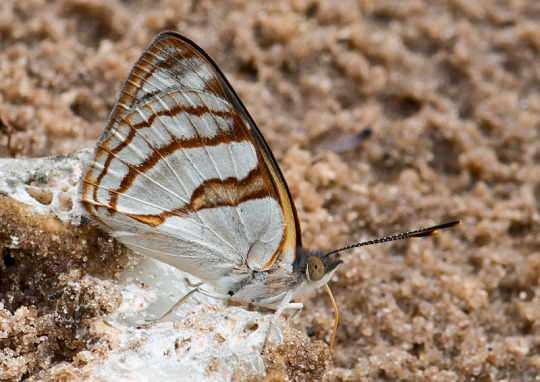
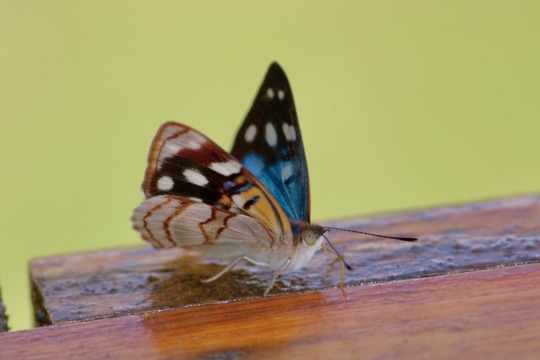
Image credits: 1 + 2, 3
23 notes
·
View notes
Text
youtube
Cocteau Twins ֍ Plain Tiger (1985)
I feel a little lust to let you know
7 notes
·
View notes
Text



fool's mate no.54 march 1986
6 notes
·
View notes
Text
its actually stunning how deep the cocteau twins back catalogue runs like i just found this ep because i was looking to buy another relatively deep cut (tiny dynamine) on cd and found a double being sold with this on it

5 notes
·
View notes
Note
I ship you with rockabilly Russ Thorn

I have a soft spot for the insane murderous bastard that falls for the sweet lovely flower and you guys are it
Omg omg omg omg you know him too??? You are in love with this man as well!?
Expect more discussions of Russ soon. I've needed someone to fangirl over him with for so long XDDD
#thank you for sending this in ^^#im kinda obsessed with rock/greaser men ngl#and i love the greaser/good girl dynamin like in the musical Grease#(i havent seen it but i know there was a greaser and the designated 'good girl' of the school together)#so i really love this ship ^^#anyways-#ask game#asks#The Driller Killer#Shipping Game
4 notes
·
View notes
Text
Mitochondrial Dysfunction in Type 2 Diabetes
Introduction
Mitochondria, essential for cellular energy metabolism, play a crucial role in bioenergetics and metabolic homeostasis. Mitochondrial dysfunction has been implicated as a key pathophysiological factor in Type 2 Diabetes Mellitus (T2DM), contributing to insulin resistance, metabolic inflexibility, and beta-cell dysfunction. This review explores the intricate mechanisms underlying mitochondrial impairments in T2DM, including defective oxidative phosphorylation, disrupted mitochondrial dynamics, impaired mitophagy, and excessive reactive oxygen species (ROS) generation, with a focus on potential therapeutic interventions targeting mitochondrial pathways.
Mechanistic Insights into Mitochondrial Dysfunction in T2DM
1. Defective Oxidative Phosphorylation and ATP Synthesis
Mitochondrial oxidative phosphorylation (OXPHOS) occurs through the electron transport chain (ETC), comprising Complexes I-IV and ATP synthase (Complex V). In T2DM, evidence suggests a downregulation of mitochondrial ETC activity, particularly in Complex I (NADH:ubiquinone oxidoreductase) and Complex III (cytochrome bc1 complex), leading to reduced ATP synthesis. This dysfunction is often linked to compromised NADH oxidation and inefficient proton gradient formation, resulting in cellular energy deficits and impaired insulin-stimulated glucose uptake.
2. Elevated Reactive Oxygen Species (ROS) and Oxidative Stress
Mitochondria are a primary source of ROS, predominantly generated at Complex I and Complex III during electron leakage. In T2DM, excess substrate influx due to hyperglycemia leads to mitochondrial overactivation, driving excessive ROS production. Elevated ROS induces oxidative damage to mitochondrial DNA (mtDNA), lipids, and proteins, disrupting mitochondrial integrity and function. Oxidative stress further impairs insulin signaling by activating stress-responsive kinases such as c-Jun N-terminal kinase (JNK) and IκB kinase (IKK), contributing to systemic insulin resistance.
3. Mitochondrial Biogenesis and Transcriptional Dysregulation
Mitochondrial biogenesis is regulated by the transcriptional coactivator Peroxisome proliferator-activated receptor-gamma coactivator-1 alpha (PGC-1α), which modulates downstream transcription factors such as Nuclear Respiratory Factors (NRF-1/NRF-2) and Mitochondrial Transcription Factor A (TFAM). In T2DM, PGC-1α expression is downregulated, impairing mitochondrial biogenesis and reducing mitochondrial density, leading to decreased oxidative capacity in metabolically active tissues like skeletal muscle and liver.
4. Disrupted Mitochondrial Dynamics and Mitophagy
Mitochondrial quality control is maintained through dynamic fission and fusion processes. Fission, mediated by Dynamin-related protein 1 (Drp1), is necessary for mitochondrial fragmentation and mitophagy, while fusion, regulated by Mitofusin 1/2 (Mfn1/2) and Optic Atrophy 1 (OPA1), maintains mitochondrial integrity. In T2DM, an imbalance favoring excessive fission leads to mitochondrial fragmentation, impairing energy metabolism and exacerbating insulin resistance. Moreover, defective mitophagy, regulated by PTEN-induced kinase 1 (PINK1) and Parkin, results in the accumulation of dysfunctional mitochondria, further aggravating metabolic dysfunction.
Implications of Mitochondrial Dysfunction in T2DM Pathophysiology
1. Skeletal Muscle Insulin Resistance
Skeletal muscle accounts for ~80% of postprandial glucose uptake, relying on mitochondrial ATP production for insulin-mediated glucose transport. Impaired mitochondrial function in muscle cells reduces oxidative phosphorylation efficiency, promoting a shift towards glycolysis and lipid accumulation, ultimately leading to insulin resistance.
2. Pancreatic Beta-Cell Dysfunction
Mitochondrial ATP production is essential for insulin secretion in pancreatic beta cells. ATP-sensitive potassium channels (K_ATP) regulate glucose-stimulated insulin secretion (GSIS), with ATP/ADP ratios dictating channel closure and depolarization-induced insulin exocytosis. In T2DM, mitochondrial dysfunction leads to inadequate ATP generation, impairing GSIS and reducing insulin secretion capacity. Additionally, oxidative stress-induced beta-cell apoptosis contributes to progressive loss of beta-cell mass.
3. Hepatic Mitochondrial Dysfunction and Lipid Dysregulation
Mitochondrial dysfunction in hepatocytes contributes to hepatic insulin resistance and non-alcoholic fatty liver disease (NAFLD). Impaired fatty acid oxidation due to dysfunctional mitochondria leads to lipid accumulation, exacerbating hepatic insulin resistance and systemic metabolic dysregulation.
Therapeutic Strategies Targeting Mitochondrial Dysfunction
1. Exercise-Induced Mitochondrial Adaptation
Physical activity upregulates PGC-1α expression, enhancing mitochondrial biogenesis and oxidative metabolism. High-intensity interval training (HIIT) and endurance exercise improve mitochondrial efficiency and reduce oxidative stress, mitigating insulin resistance in T2DM patients.
2. Pharmacological Modulation of Mitochondrial Function
Metformin: Enhances mitochondrial complex I activity, reducing hepatic gluconeogenesis and oxidative stress.
Thiazolidinediones (TZDs): Activate PPAR-γ, promoting mitochondrial biogenesis and improving insulin sensitivity.
Mitochondria-targeted Antioxidants: Agents like MitoQ, SkQ1, and SS-31 reduce mitochondrial ROS, preventing oxidative damage and preserving mitochondrial function.
3. Nutritional and Metabolic Interventions
Ketogenic and Low-Carb Diets: Enhance mitochondrial fatty acid oxidation, reducing lipid accumulation and improving metabolic flexibility.
Intermittent Fasting: Induces mitochondrial biogenesis and autophagy, improving metabolic homeostasis.
Nutraceuticals: Coenzyme Q10, resveratrol, and nicotinamide riboside (NR) enhance mitochondrial function and energy metabolism.
4. Emerging Gene and Cellular Therapies
Gene Therapy: Targeted upregulation of PGC-1α and TFAM to restore mitochondrial function.
Mitochondrial Transplantation: Direct transfer of healthy mitochondria to replace dysfunctional ones, an emerging frontier in metabolic disease management.
Conclusion
Mitochondrial dysfunction is a central determinant in the pathogenesis of T2DM, affecting insulin signaling, glucose metabolism, and lipid homeostasis. Targeting mitochondrial pathways through exercise, pharmacological agents, dietary modifications, and emerging gene therapies offers promising avenues for improving metabolic health in T2DM.

#Mitochondrial Dysfunction#Type 2 Diabetes Mellitus (T2DM)#Oxidative Phosphorylation (OXPHOS)#Electron Transport Chain (ETC)#ATP Synthesis#Reactive Oxygen Species (ROS)#Oxidative Stress#Mitochondrial DNA (mtDNA) Damage#Peroxisome Proliferator-Activated Receptor-Gamma Coactivator-1 Alpha (PGC-1α)#Nuclear Respiratory Factors (NRF-1/NRF-2)#Mitochondrial Transcription Factor A (TFAM)#Mitochondrial Biogenesis#Mitochondrial Dynamics (Fission & Fusion)#Dynamin-related protein 1 (Drp1)#Mitofusin 1/2 (Mfn1/2)#Optic Atrophy 1 (OPA1)#Mitophagy#PTEN-Induced Kinase 1 (PINK1)#Parkin#Insulin Resistance#Skeletal Muscle Metabolism#Pancreatic Beta-Cell Dysfunction#Glucose-Stimulated Insulin Secretion (GSIS)#ATP-Sensitive Potassium Channels (K_ATP)#Lipid Dysregulation#Non-Alcoholic Fatty Liver Disease (NAFLD)#Exercise-Induced Mitochondrial Adaptation#High-Intensity Interval Training (HIIT)#Metformin#Thiazolidinediones (TZDs)
0 notes
Text
Commison page #3
Fuck I forgot to update these bitches. I'm so sorry 😭
First off, from @gomzdrawfr my boy Zyren and Graves. They sooo captured the chaotic gremlin. And I love them so much for it.

My boi Zyren as a merman by @baohanhanesel
He's sooo good looking, I'd let him drown me and they were sooo nice to work with 😭
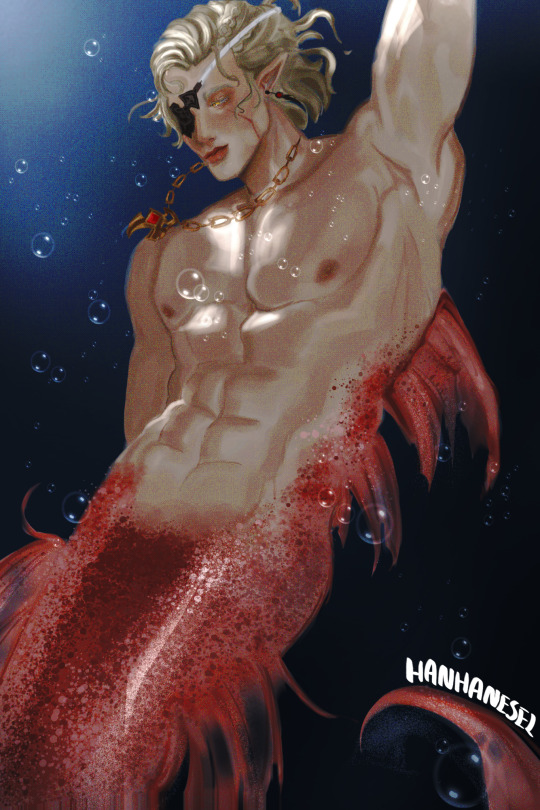



Yet another comm of Zy and Graves by the wonderful @iwanttobeaseme did a banger fucking job doing their dynamin


Thanks to @moirascribbles for correcting my dumb ass 😭
90 notes
·
View notes
Text

CHESSTER + CLINT... cute little heads




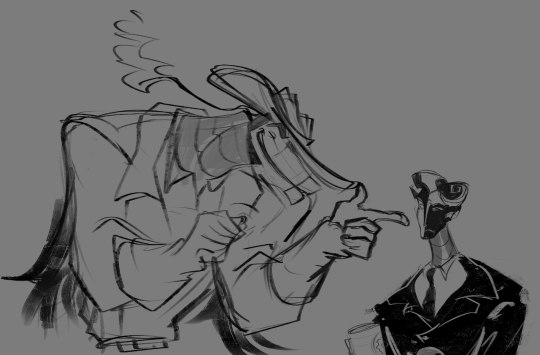



a couple of sketches with my favorite gays (Clint or Dynaminer belongs to @eggzwithfeetz )
#artists on tumblr#my art#digital art#sketches#sketch#original character#toontown oc#ttcc oc#cogblr#cog oc#oc#toonblr#Check-Mate#Chesster Euwe#Dyna-Mate
111 notes
·
View notes
Text
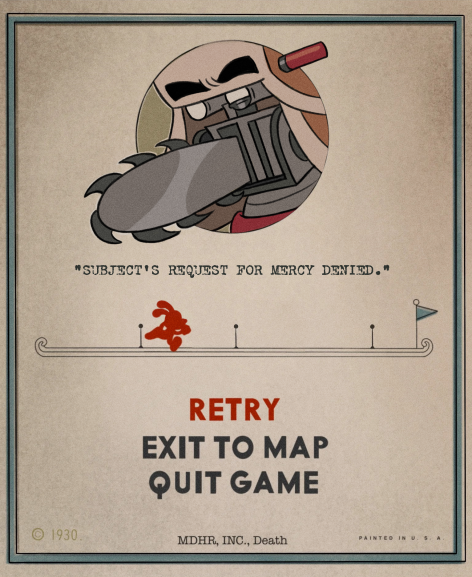

These bosses are so hard dawg
#ttcc#toontown#toontown corporate clash#chainsaw consultant#chip revvington#dynaminer#clint westwood#ttcc managers#ttcc oc#cog oc#toontown cogs#cuphead#art#digital art#artists on tumblr
305 notes
·
View notes
Text

30 notes
·
View notes
Audio
129 notes
·
View notes
Text
All the brothers...
I can't grasp it well yet, but I feel like Tolkien really loved writing a dynamins between two (exactly 2) brothers, especially twins, and making them a stark contrast.
Melkor and Manwe, of course. The good Vala and the bad Vala. Both into the same woman. One is the king, the other wants to be the king. Names start with the same letter, we'll see more of it later. Good / purity vs evil.
Do the lamps count? Do the trees count? Sun and moon? Generally: silver light and golden light.
(skipping Feanor, and two other Fs, because there were 3 brothers)
Another M-pair: Maedhros and Maglor. Fire and water. Not only in their final fates, but music is of water too. (and the third Silmaril ends up free in the air)
Curufin and Celegorm, Indoors and outdoors guy, but both pretty awful. (Caranthir doesn't count, he spent less time with them)
Amrod and Amras, and of course, on twin dies, the other lives (for now). Also, again one is tied to fire and fell fate.
Huor and Hurin, extended to their sons: Tuor and Turin. One did great deeds, one was doomed. Destiny at its best and its worst.
Dior's sons, surprisingly they probably both died? But at least they were twins, so maybe I should include them.
Elrond and Elros. Twins theme at its peak. Men and Elves. Immortality and death. Fading into background and short-lived, doomed glory. Also, they tie to M&M. also, Elros's heritage dies in water, which ties him even more to Maglor. And Elrond is, surprisingly, tied to the element of air, because of his Ring.
Elrond has twins again (+Arwen) but we aren't told their fates.
Isildur and Anarion?
I probably forgot some more pairs.
Well, after I wrote it down, it's not a lot, but I still feel like it's a strong theme in the Silm. Dualities. Mostly
silver / gold and Elves/Men, I would say those map on one another and maybe West / East is also similar. Silver-elves-West and gold-Men-East
also, the lines of Numenor kings and Andunie tie to the previous one partially
One lives (at least for some time) and weeps, the other dies quickly.
some subset of Fire/Air/Water
Maybe it's just me. I was always sad as a kid that I was the only one.
Thoughts?
#tolkien#silmarillion#tolkien legendarium#silm#manwe#melkor#maedhros#maglor#elrond#elros#tolkien meta
53 notes
·
View notes